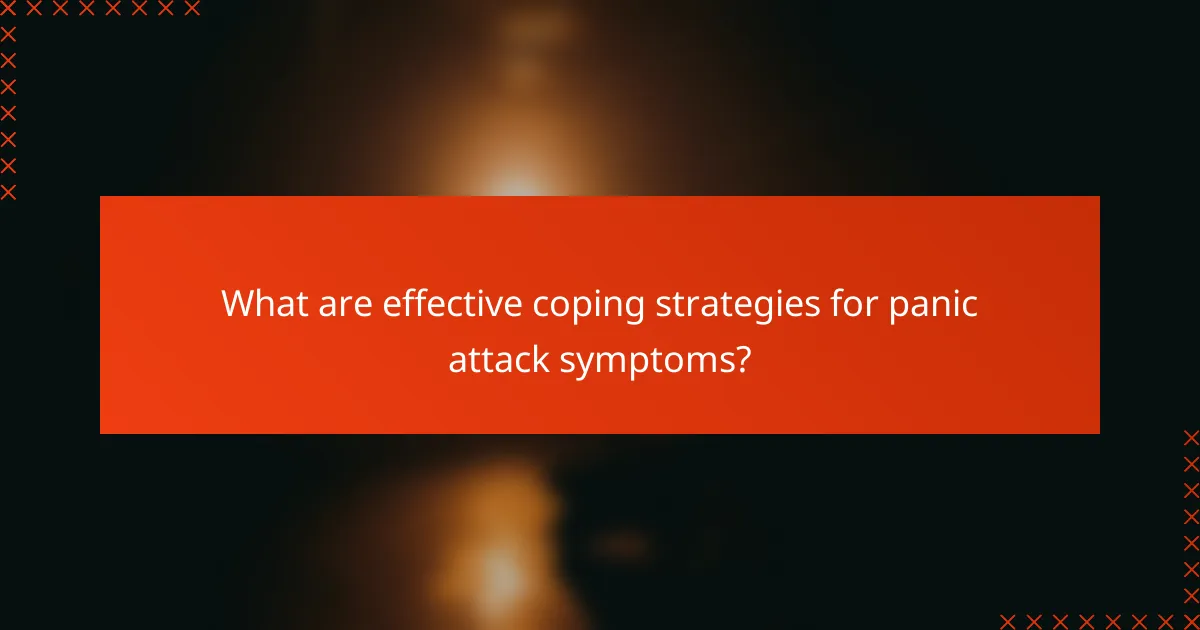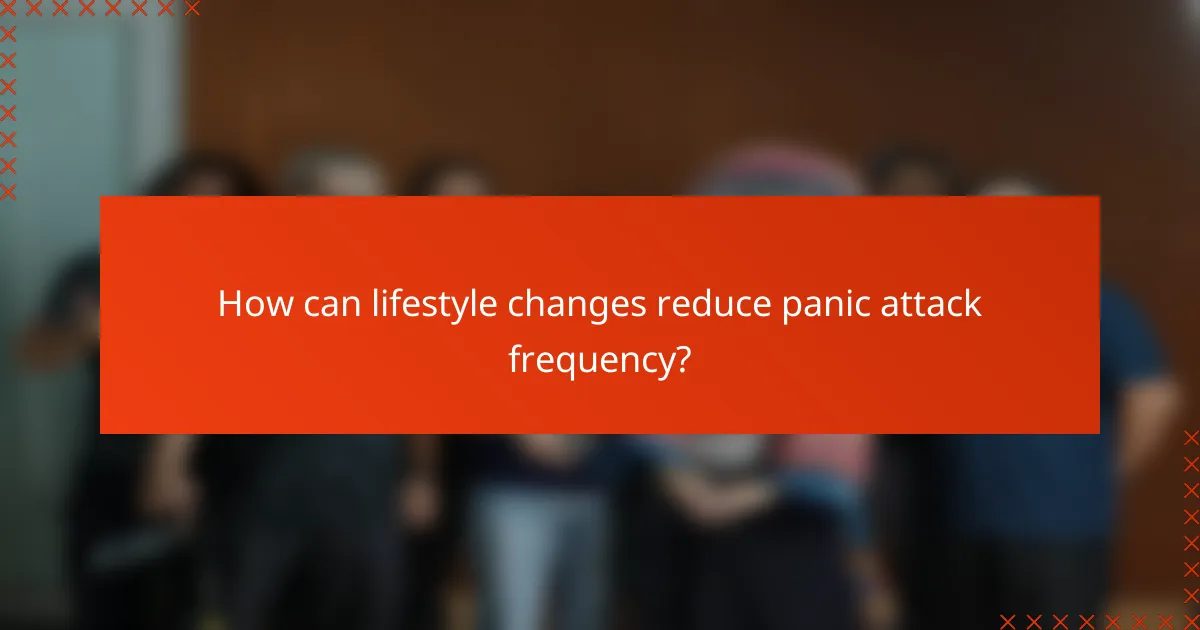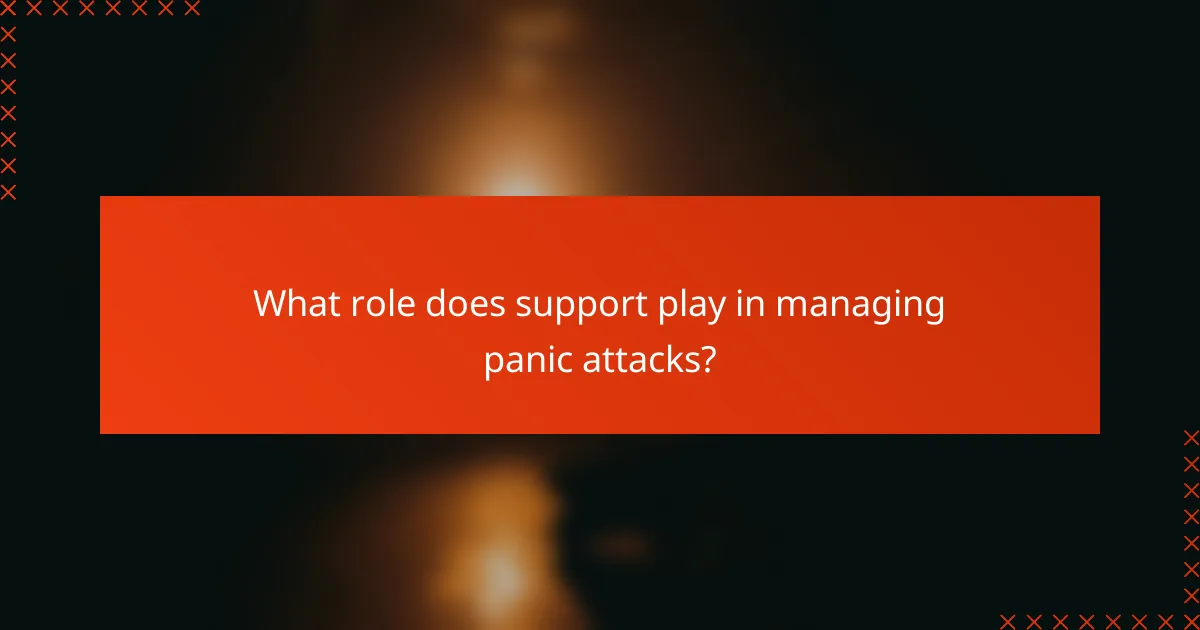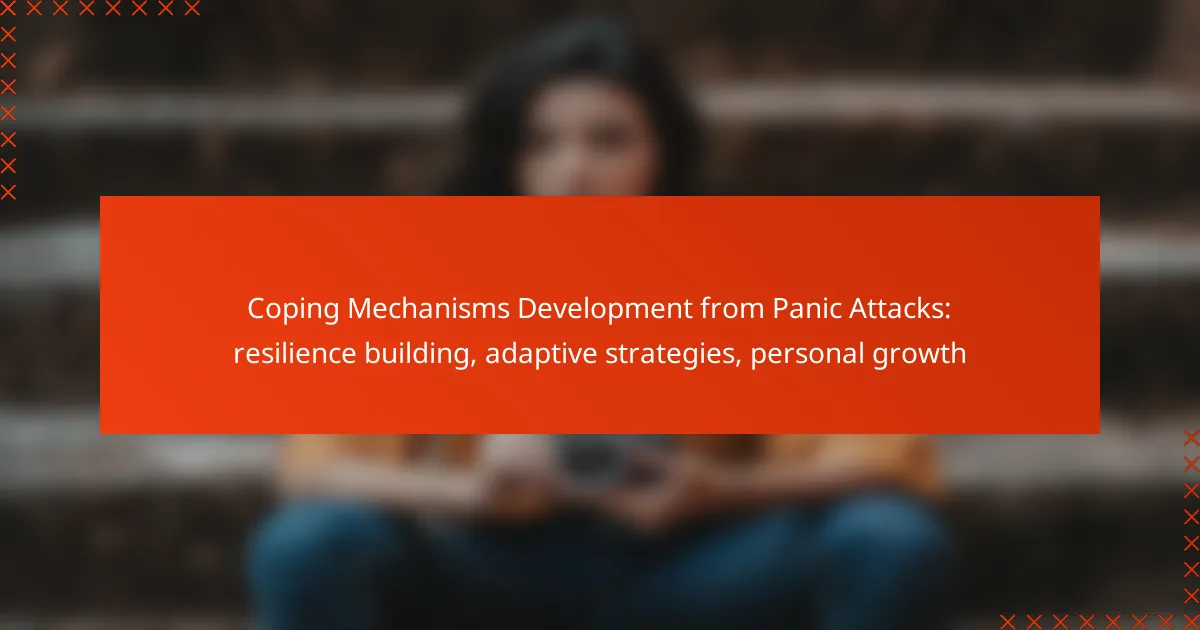Panic attacks can have profound physical health consequences, particularly affecting cardiovascular health by increasing heart rate and blood pressure, which may elevate the risk of heart disease. Additionally, the body’s stress response during these episodes can lead to chronic pain conditions, such as muscle tension and headaches. Furthermore, individuals often experience significant fatigue, both physically and mentally, which can hinder daily activities long after the panic attack has ended.

How do panic attacks affect cardiovascular health in the UK?
Panic attacks can significantly impact cardiovascular health in the UK, leading to increased heart rate, elevated blood pressure, and a higher risk of heart disease. Understanding these effects is crucial for managing both mental and physical health.
Increased heart rate
During a panic attack, the body enters a fight-or-flight response, which can cause the heart rate to spike. This increase can range from 100 to 180 beats per minute, often resulting in palpitations or a feeling of racing heart. Frequent panic attacks can lead to chronic elevated heart rates, which may strain the cardiovascular system over time.
To manage increased heart rate during panic attacks, techniques such as deep breathing and mindfulness can be helpful. Regular physical activity can also improve overall heart health and resilience against panic symptoms.
Elevated blood pressure
Panic attacks can cause a temporary rise in blood pressure, typically due to the release of stress hormones like adrenaline. This spike can be significant, sometimes reaching levels that may be concerning for individuals with pre-existing hypertension. Over time, repeated episodes may contribute to sustained high blood pressure.
Monitoring blood pressure regularly is advisable for those experiencing frequent panic attacks. Lifestyle changes, such as reducing caffeine intake and practicing relaxation techniques, can help mitigate these spikes.
Risk of heart disease
Chronic panic attacks may increase the risk of developing heart disease, particularly if they lead to persistent high heart rates and blood pressure. Studies suggest that individuals with anxiety disorders, including panic disorder, may have a higher incidence of cardiovascular issues compared to the general population.
To reduce the risk of heart disease, it is essential to address panic attacks through therapy, medication, or lifestyle modifications. Regular check-ups with a healthcare provider can help monitor cardiovascular health and implement preventive measures.

What chronic pain conditions are linked to panic attacks?
Panic attacks can lead to several chronic pain conditions, primarily due to the body’s stress response. This response often manifests physically, resulting in muscle tension, headaches, and conditions like fibromyalgia.
Muscle tension
Muscle tension is a common physical response during panic attacks, where the body prepares for a perceived threat. This tension can become chronic, leading to discomfort and pain in various muscle groups, particularly in the neck, shoulders, and back.
To manage muscle tension, regular stretching and relaxation techniques, such as deep breathing or yoga, can be beneficial. Avoiding stimulants like caffeine may also help reduce overall tension levels.
Migraine and tension headaches
Panic attacks can trigger migraines and tension headaches due to the release of stress hormones and muscle tension. These headaches can vary in intensity and duration, often leading to significant discomfort and disruption of daily activities.
Identifying headache triggers, such as certain foods or stressors, can help in managing these conditions. Keeping a headache diary may assist in recognizing patterns and implementing preventive measures.
Fibromyalgia
Fibromyalgia is a chronic condition characterized by widespread pain and fatigue, which can be exacerbated by panic attacks. The stress and anxiety from panic episodes may intensify the symptoms of fibromyalgia, creating a cycle of pain and anxiety.
For those with fibromyalgia, a multidisciplinary approach that includes physical therapy, medication, and cognitive-behavioral therapy can be effective. Engaging in low-impact exercises, such as swimming or walking, may also help alleviate symptoms and improve overall well-being.

How does fatigue manifest after panic attacks?
Fatigue after panic attacks can present as both physical and mental exhaustion, significantly impacting daily activities. Individuals may experience a profound sense of tiredness that lingers long after the panic episode has subsided.
Physical exhaustion
Physical exhaustion following a panic attack can be intense, often leaving individuals feeling drained and weak. This fatigue may stem from the body’s heightened stress response, which utilizes considerable energy during the panic episode.
Common symptoms include muscle weakness, a lack of energy for routine tasks, and an overall sense of heaviness. Engaging in light physical activity, like walking or stretching, can help alleviate some of this fatigue.
Mental fatigue
Mental fatigue is another common consequence of panic attacks, characterized by difficulty concentrating and a feeling of mental fog. This can hinder cognitive functions, making it challenging to focus on tasks or make decisions.
To combat mental fatigue, consider incorporating short breaks during work or study sessions. Techniques such as mindfulness or deep-breathing exercises can also help restore mental clarity and reduce stress levels.
Sleep disturbances
Sleep disturbances often accompany fatigue after panic attacks, with many individuals experiencing insomnia or disrupted sleep patterns. The anxiety and stress from the panic episode can lead to difficulty falling asleep or staying asleep throughout the night.
Establishing a calming bedtime routine, such as limiting screen time and practicing relaxation techniques, can improve sleep quality. If sleep issues persist, consulting a healthcare professional may be beneficial to explore further treatment options.

What are effective coping strategies for panic attack symptoms?
Effective coping strategies for panic attack symptoms include cognitive-behavioral therapy, mindfulness and relaxation techniques, and medication options. These approaches can help individuals manage their symptoms and reduce the frequency and intensity of panic attacks.
Cognitive-behavioral therapy
Cognitive-behavioral therapy (CBT) is a structured, goal-oriented approach that helps individuals identify and change negative thought patterns contributing to panic attacks. By challenging irrational beliefs and replacing them with more realistic thoughts, CBT can significantly reduce anxiety levels.
Sessions typically involve exposure therapy, where individuals gradually face their fears in a controlled environment. This process can help desensitize them to panic triggers, making it easier to cope during real-life situations.
Mindfulness and relaxation techniques
Mindfulness and relaxation techniques focus on grounding individuals in the present moment, which can alleviate panic symptoms. Practices such as deep breathing, progressive muscle relaxation, and guided imagery can help calm the mind and body during an attack.
Incorporating mindfulness into daily routines can enhance overall emotional resilience. Techniques like meditation or yoga can be practiced regularly to foster a sense of peace and reduce anxiety over time.
Medication options
Medication can be an effective option for managing panic attack symptoms, particularly when combined with therapy. Common types include selective serotonin reuptake inhibitors (SSRIs) and benzodiazepines, which can help regulate mood and anxiety levels.
Consulting with a healthcare provider is crucial to determine the most suitable medication and dosage. Monitoring for side effects and adjusting treatment as needed can lead to better outcomes in managing panic attacks.

How can lifestyle changes reduce panic attack frequency?
Lifestyle changes can significantly lower the frequency of panic attacks by promoting overall well-being and reducing stress. Implementing regular exercise, maintaining a healthy diet, and practicing stress management techniques can create a more balanced mental state, which is crucial for those prone to panic attacks.
Regular exercise
Engaging in regular physical activity can help alleviate anxiety and reduce the likelihood of panic attacks. Aim for at least 150 minutes of moderate aerobic exercise each week, such as brisk walking, cycling, or swimming. Exercise releases endorphins, which can improve mood and enhance overall mental health.
Incorporating strength training exercises two to three times a week can also be beneficial. Activities like weightlifting or bodyweight exercises help build resilience and can contribute to a sense of accomplishment, further reducing anxiety levels.
Healthy diet
A balanced diet plays a crucial role in managing anxiety and panic attacks. Focus on whole foods, including fruits, vegetables, whole grains, lean proteins, and healthy fats. Limiting processed foods, sugar, and caffeine can help stabilize mood and energy levels.
Consider incorporating omega-3 fatty acids found in fish, walnuts, and flaxseeds, as they have been linked to improved mental health. Staying hydrated is equally important; aim for at least 2 liters of water daily to support overall bodily functions and mental clarity.
Stress management practices
Implementing stress management techniques can significantly reduce panic attack frequency. Practices such as mindfulness meditation, deep breathing exercises, and yoga can help calm the mind and body. Aim for at least 10 to 20 minutes of mindfulness practice daily to cultivate a sense of peace.
Additionally, consider journaling to express thoughts and feelings, which can help identify triggers and reduce anxiety. Joining support groups or seeking therapy can also provide valuable coping strategies and emotional support, enhancing your ability to manage stress effectively.

What role does support play in managing panic attacks?
Support is crucial in managing panic attacks, as it provides emotional and practical assistance that can alleviate symptoms. Having a strong support network can help individuals feel understood and less isolated, which is vital for recovery.
Cardiovascular effects
Panic attacks can lead to significant cardiovascular effects, including increased heart rate and elevated blood pressure. These symptoms occur due to the body’s fight-or-flight response, which releases stress hormones that prepare the body for perceived danger.
Over time, frequent panic attacks may contribute to chronic cardiovascular issues, such as hypertension or heart disease. It’s essential to monitor these symptoms and consult a healthcare provider if they persist or worsen.
Chronic pain
Chronic pain can be both a cause and a consequence of panic attacks. Individuals experiencing panic attacks may develop muscle tension, leading to discomfort and pain, particularly in the neck and shoulders.
Additionally, the stress associated with panic attacks can exacerbate existing pain conditions, creating a cycle that can be challenging to break. Seeking support from healthcare professionals can help manage both panic and pain effectively.
Fatigue
Panic attacks often result in fatigue due to the intense physical and emotional stress they impose on the body. The aftermath of an attack can leave individuals feeling drained and exhausted, affecting their daily activities.
To combat fatigue, it’s important to prioritize rest and engage in relaxation techniques, such as deep breathing or mindfulness. Regular physical activity and a balanced diet can also help improve energy levels over time.



